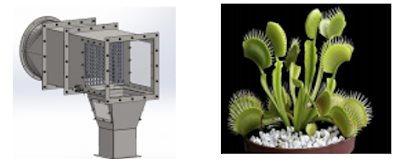5 Ways to keep your areas Eco-Friendly and Fall Ready!

Many companies don’t realize that they must prepare their internal and external areas to accommodate for the change of seasons. Therefore, through this blog, The ATMOS360 TEAM will provide you with 5 ESSENTIAL steps for keeping your areas Eco friendly and Fall ready. First we must define what is meant by Eco-Friendly. Eco Friendly means no harm to environment, which can be possible by using efficient equipment to clean air by removing airborne particles, therefore improving air quality. 5 Ways to keep your areas Eco-Friendly and Fall Ready! 1.) Check and Replace Your Air Filters - We recommend changing your air filters every 90 days in order to maintain good air quality. (Read more now) 2.) Schedule Annual Air System Inspection -We recommend doing this, preventive maintenance inspection annually/ semi annually. To schedule Annual service contact En...





